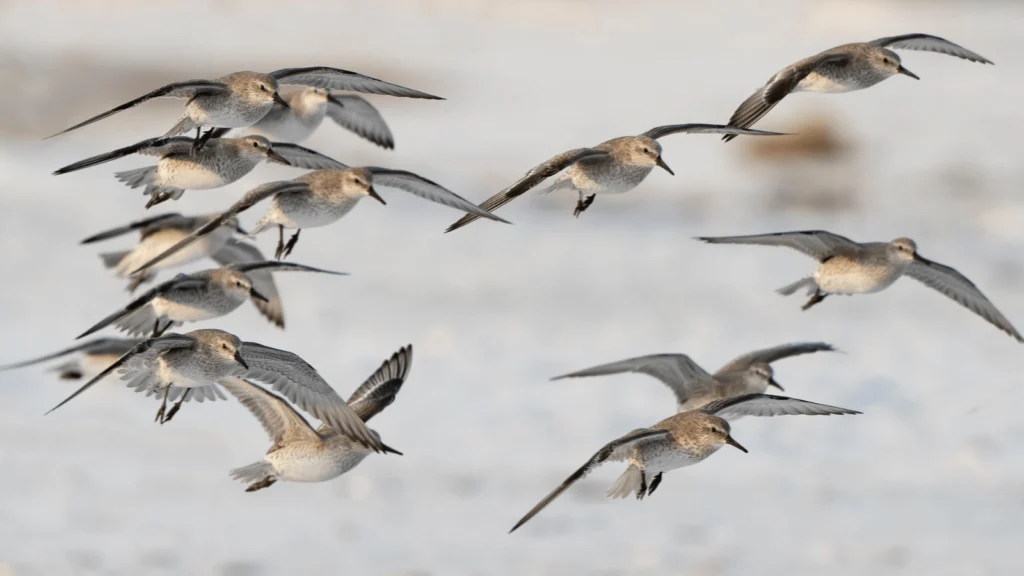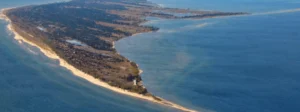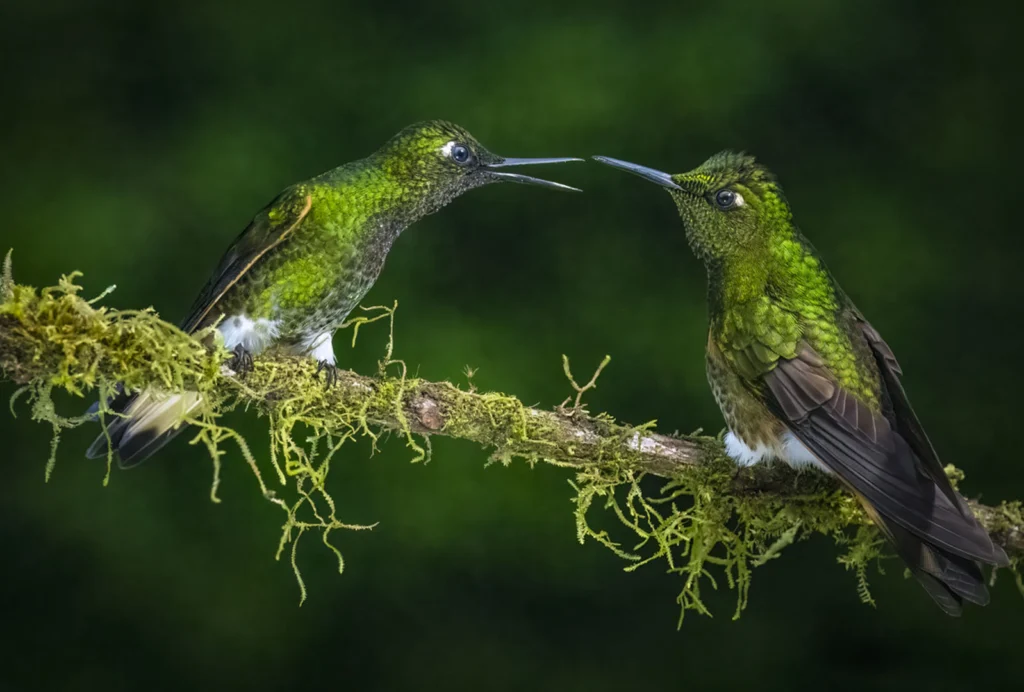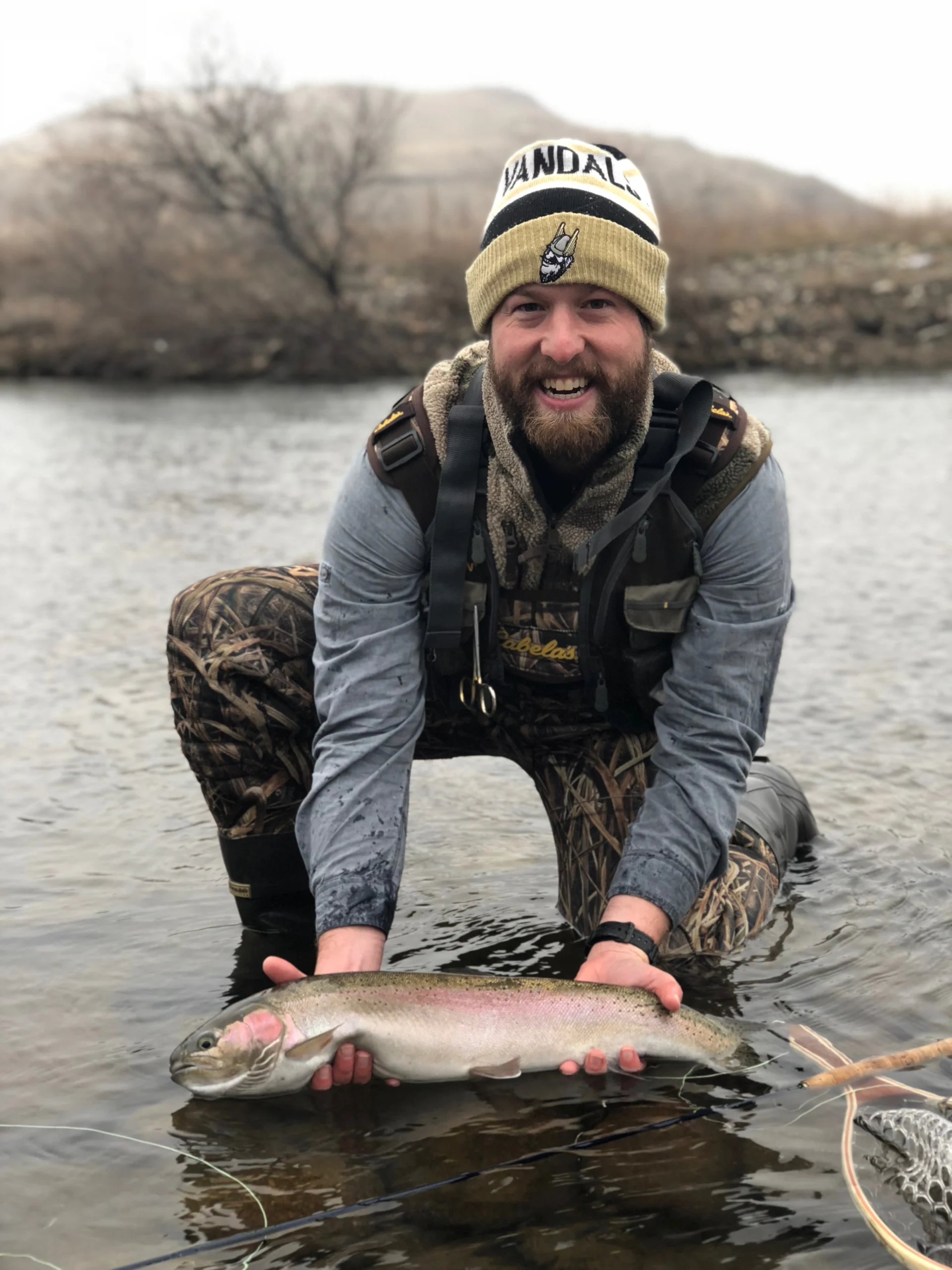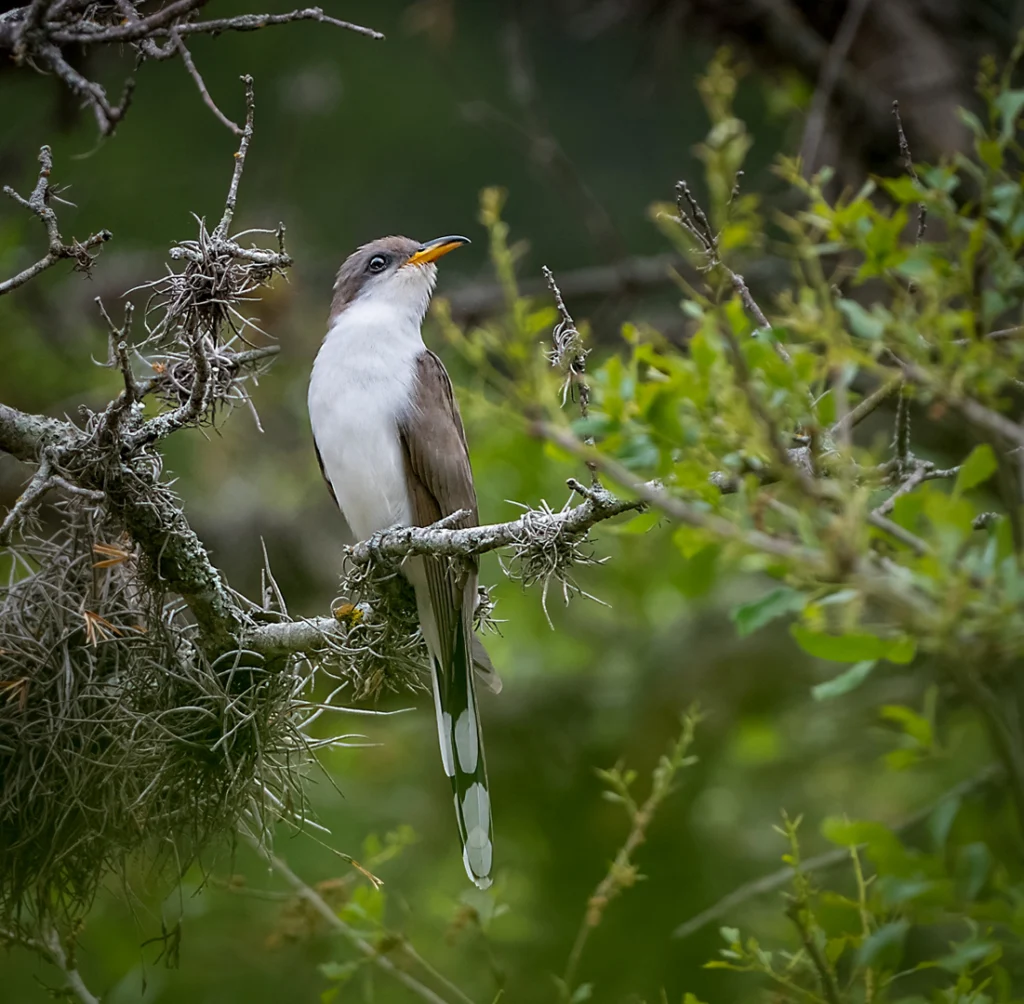Improving Habitats & Reducing Threats
ABC operates on a hemisphere-wide scale, working with organizations throughout the Americas to conserve critical areas for priority migratory birds at key areas in the north and south, as well as places in between. We call these areas BirdScapes — places where a wide range of habitat conservation and restoration activities support migratory species like the Cerulean and Golden-winged Warblers, along with people who depend on these same lands. Working with the Migratory Bird Joint Ventures — networks of partners including government agencies, tribes, private landowners, and more — we’ve helped improve the management of more than 9.3 million acres of habitat benefiting many of the Americas’ rapidly declining migratory and resident birds alike.
An ABC-supported network of protected areas throughout Latin America and the Caribbean provides habitat for many of these same migratory birds, alongside dozens of the most endangered resident birds in the Americas. With more than 100 of these protected reserves across 15 countries, the 1.1-million-acre reserve network benefits 3,000 bird species, from the migratory Wood Thrush to the endemic Blue-billed Curassow.
The actions we take protect migration, but all birds benefit when they’re made safer from habitat loss and degradation, dangerous reflective windows, outdoor cats, harmful pesticides, and other threats. All birds benefit from a healthy habitat, whether it’s their home year-round or only for a day.
